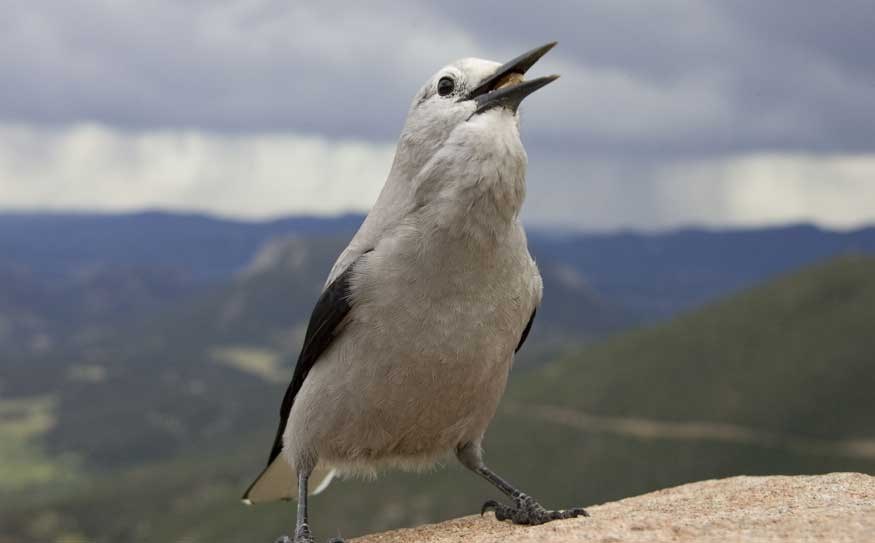Leap Year means an extra winter day for our bird populations, but alas, it didn't add another species to the season-ending tally.
A bare-bones 66 species were seen over the season, which began Dec. 1 out of the 125 that are on our winter checklist — an unimpressive 53 per cent recovery. However, there is good news; four species that were seen are on the "ultimate surprise" category and another seven were darn good finds. On the other side of the coin, 12 species usually seen in winter were absent and another 10 rated as highly probable also failed to show up.
On the "ultimate surprise" group let's begin with our second ever winter record of a pair of Tundra (whistling) swans seen over a week in December at the mouth of the River-of-Golden Dreams. They are slightly smaller, with yellow on the bill, than the Trumpeters. Yes, there was also a pair of the latter in the river over the entire winter.
In late January a second winter record of a Wilson's snipe took up a three week residence at the float plane wharf; usually their migration does not appear until mid-April! In keeping with the numerous Snowy owl reports, not to be outdone, our alpine specialist Jim Wharin saw one on Whistler Mountain in December en route to Boundary Bowl where the others were photographed ad nauseum by scores of people.
The final surprise were the Rock pigeons at Rickli's feeder in mid-December at Alpine Meadows. Listed as extirpated in this area the pigeons are most likely domestic escapees and not migrants or indigenous urban dwellers from Squamish.
Rare finds, but seen before over several winters were sharp-shinned hawks, a Northern Goshawk that probably patrols the 21 Mile Creek valley, a Northern Hawk-owl seen by several skiers on Whistler and Blackcomb, White-winged crossbills at Nicklaus North on one day (mixed in with a flock of Red crossbills), Cassin's finch at Toad Hollow feeders, and the southbound invasion of Common redpolls, seen throughout British Columbia this winter.
Redpolls are very similar to our ubiquitous flocks of Pine Siskins but have a splash of red on the chest and forehead. Initially a few redpolls were mixed in with the flocks of siskins, but as the winter progressed they emerged as discreet flocks of their own, 10 to 50 birds in each. Another newcomer to our winter list is the Barred owl, long suspected of being here but finally heard hooting on several nights by Heather Baines at Black Tusk Village.
Other heartening bird news has been the daily presence of one or two Clark's nutcrackers at our alpine restaurants, especially at the Crystal Hut.
Slightly larger than the very bold Gray jays (Whiskey Jacks) and with much longer bills, the Clark's perch aloof watching the feeding frenzy interaction of jays and people, finally moving in timidly to pick up what is left.
Of the numerous no shows, in part caused by early freeze up on the lakes, the biggest disappointment was the failure of the Gray-crowned Rosy-finches to appear at the Horstman Hut.
Usually they show up in February and stay until the end of ski-season, but not even a visit to the hut on the extra day of winter provided us with this colourful bird!
For the valley bottom folk the other no show is the Robin, a harbinger of spring soon to arrive. Be assured, however, other species have arrived to signal spring is coming. Mallards arrived at a very early late January and flocks of Canada geese were with us by mid February.
So, with the obvious hints, tune your ears for the melodious Song sparrow, and the dour monotones of the Varied thrush — the latter is G.D. Maxwell's favourite wake-up reminder!




